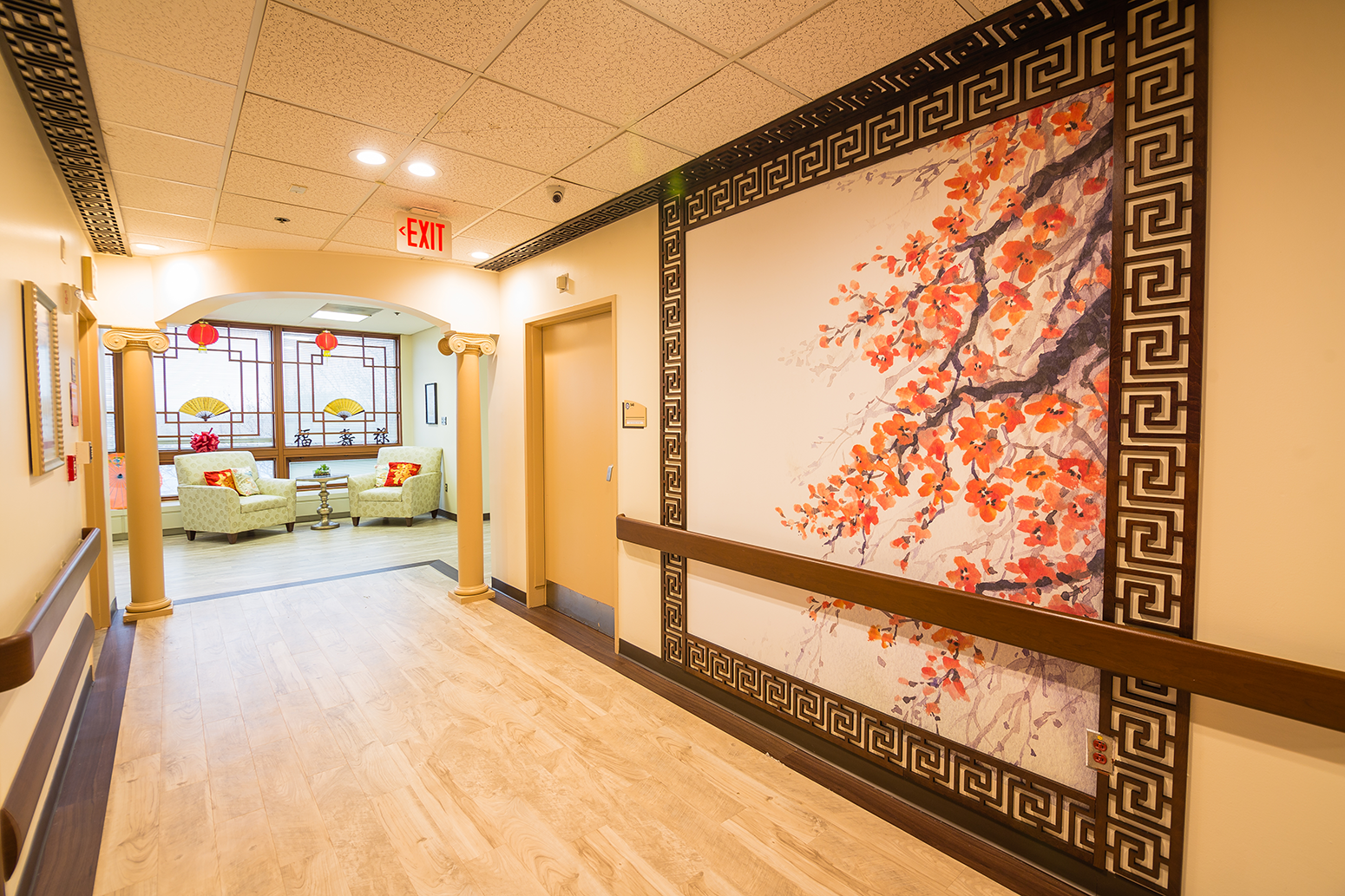Keeping Tabs on Residents In a Skilled Nursing Facility
March 19, 2019
Healthcare professionals walk a fine line when monitoring residents in a skilled nursing facility like those in The Allure Group’s Brooklyn- and Manhattan-based network: The goal is always to provide the best possible care, while at the same time providing for a resident’s comfort and respecting his or her privacy.
Happily, there are ways to walk that tightrope — ways to address the everyday concerns of residents, as well as those with more specialized needs, like Alzheimer’s or dementia patients. These means vary widely and include such technology as remote monitoring systems and specialized care units, both of which are featured at Allure.
The need for such measures has become more acute, given America’s aging population and the staffing shortages that plague eldercare facilities. By 2035 there are expected to be 78 million people over the age of 65, compared to 76.7 million under the age of 18. Never before have seniors outnumbered children in the U.S. And by 2060 there are expected to be 98 million people in that 65-and-over age group, more than double the number there were in 2016 (46 million).
As of July 2018, some 1.4 million Americans resided in skilled nursing facilities, and staffs are already scrambling to keep up. The aforementioned time-saving measures represent a method by which harried healthcare professionals can in essence be in two places at once, thereby ensuring patients’ well-being.
To that end, video surveillance only goes so far. Because of privacy issues, cameras can be used in public areas like dining rooms, reception areas and parking lots, but not patients’ rooms. While an effective deterrent for theft or vandalism, such video equipment only partially address the issue of patient monitoring.
A remote system like EarlySense offers a more complete picture. This technology, which involves placing sensors under pillows or cushions, allows a healthcare professional to remotely monitor patients’ vital signs and movements. First implemented at Allure in November 2017, it prevented eight falls the first 30 days it was in place, as Matthew Fenley, Allure’s chief marketing officer, told Skilled Nursing News in February 2018. EarlySense, now in use at three of Allure’s six SNFs, has also detected several cardiac and pulmonary issues, according to Fenley.
Wearables like watches, pendants and even inner soles also allow for the tracking of seniors, but those afflicted with Alzheimer’s or dementia present challenges all their own — and as of 2017, fully half of those residing in eldercare facilities were dealing with such conditions. Of those, 20 percent were apt to wander, especially in the first 48 hours after admission. Particularly concerning are those who elope, or leave the facility entirely.
The Allure Group has Alzheimer’s/dementia units in its Bedford, Linden and King David Centers, all featuring reminiscence therapy. That includes the use of sensory rooms, a peaceful place where the effects of such things as overstimulation (one factor that can lead to wandering) might be alleviated.
In sum, then, there are multiple ways often-overburdened healthcare professionals might keep tabs on residents in skilled nursing facilities. Technology has played a key role in this area, and figures to play an even bigger one as the challenges increase.

